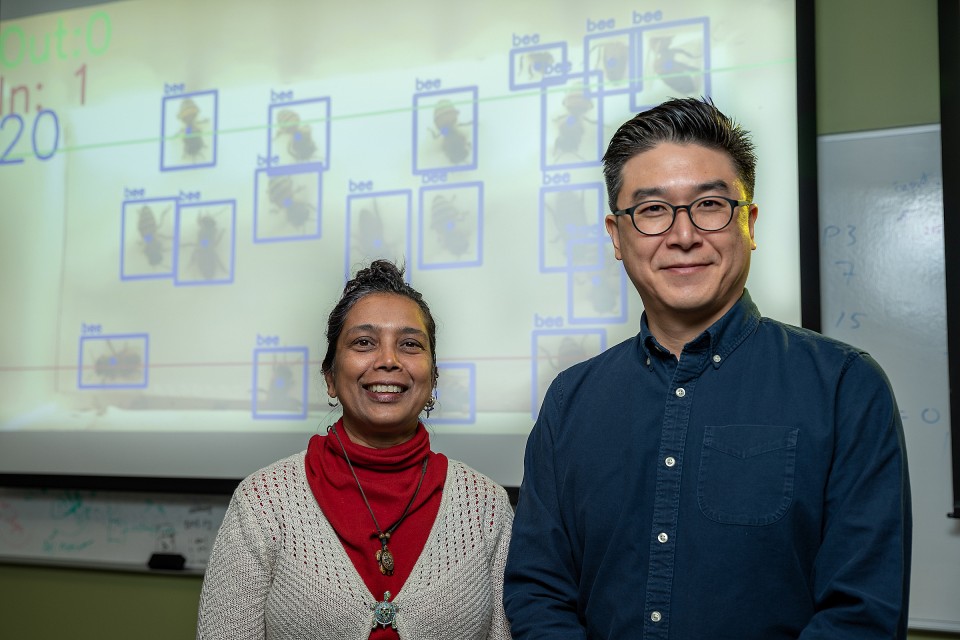Document Type
Conference Proceeding
Publication Date
2020
Abstract
The natural process of self-assembly has been studied through various abstract models due to the abundant applications that benefit from self-assembly. Many of these different models emerged in an effort to capture and understand the fundamental properties of different physical systems and the mechanisms by which assembly may occur. A newly proposed model, known as Tile Automata, offers an abstract toolkit to analyze and compare the algorithmic properties of different self-assembly systems. In this paper, we show that for every Tile Automata system, there exists a Signal-passing Tile Assembly system that can simulate it. Finally, we connect our result with a recent discovery showing that Tile Automata can simulate Amoebot programmable matter systems, thus showing that the Signal-passing Tile Assembly can simulate any Amoebot system.
Recommended Citation
Cantu, Angel A., Austin Luchsinger, Robert Schweller, and Tim Wylie. 2020. “Signal Passing Self-Assembly Simulates Tile Automata.” In 31st International Symposium on Algorithms and Computation (ISAAC 2020), edited by Yixin Cao, Siu-Wing Cheng, and Minming Li, 181:53:1–53:17. Leibniz International Proceedings in Informatics (LIPIcs). Dagstuhl, Germany: Schloss Dagstuhl–Leibniz-Zentrum für Informatik. https://doi.org/10.4230/LIPIcs.ISAAC.2020.53.
Creative Commons License

This work is licensed under a Creative Commons Attribution 4.0 International License.
Publication Title
31st International Symposium on Algorithms and Computation (ISAAC 2020)
DOI
10.4230/LIPIcs.ISAAC.2020.53



Comments
© Angel A. Cantu, Austin Luchsinger, Robert Schweller, and Tim Wylie